A rare piece of British banking history is about to go under the hammer, with a 169-year-old £100 note issued by the Liverpool branch of the Bank of England expected to raise an impressive £20,000 at auction. This highly valuable note not only offers a glimpse into the past but also highlights the lengths to which the Bank of England went to protect such precious currency during its time.
The Unique History of the 1855 £100 Note
This Article Includes [hide]
The £100 note in question, which dates back to 1855, holds a fascinating story. At the time of its issuance, £100 was an extraordinary sum of money—equivalent to about £15,000 in today’s value. To prevent theft or loss, the note was cut into two halves and transported separately, a security measure that was rare for such high-value currency. After both halves safely reached their destinations, they were reassembled to restore the note’s full value, which could then be used in transactions.
Andrew Pattison of Noonans, the auction house handling the sale, explains the unusual security precautions: “£100 was so much money that the two halves of the note were posted separately for security, and then put back together later on so that the note could still be used.” This story adds an intriguing layer to its historical significance, making it an even more desirable item for collectors and enthusiasts of currency history.
The 1882 £10 Note Linked to Scandal
Another notable piece in the upcoming auction is a £10 note issued in 1882 by the same Liverpool branch, signed by the infamous Bank of England chief cashier, Frank May. This note is expected to fetch between £15,000 and £20,000, partly due to the notorious history surrounding May’s tenure.
May’s career at the Bank of England ended in disgrace when he was caught in a web of financial mismanagement, which included making irregular loans and overdrafts to clients. Worse yet, his personal investments in the stock market went disastrously wrong, leading to his downfall. His scandalous exit from the Bank adds an extra layer of intrigue to the £10 note, making it a compelling piece for collectors interested in both the financial and scandalous aspects of British banking history.
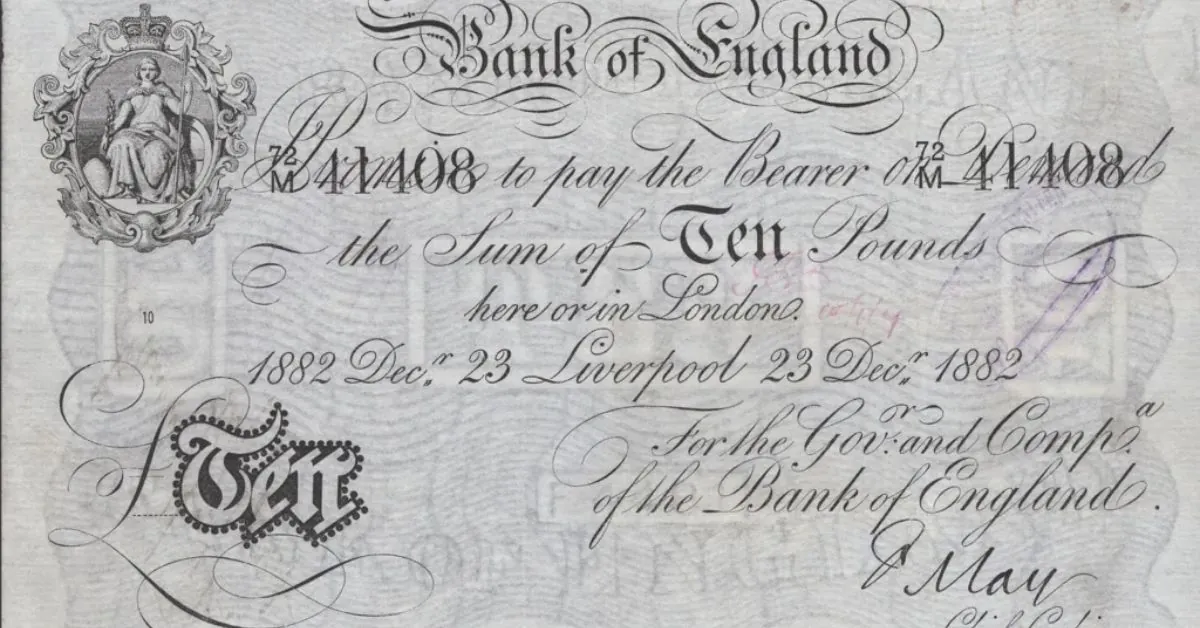
Liverpool’s Bank of England Branch: A Historic Landmark
Both notes in question were issued by the Bank of England’s Liverpool branch, which was located on Castle Street in the city. At the time, Liverpool was a major financial hub, and the Bank of England had a significant presence in the region. The branch served as a key point in the Bank’s operations, distributing notes and managing local financial needs. Over time, Liverpool became known not only for its economic prowess but also for its association with these rare and historically significant banknotes.
A Rare Opportunity for Collectors
For collectors of rare banknotes and enthusiasts of British financial history, the upcoming auction represents a unique opportunity to acquire a part of the Bank of England’s past. With estimated values ranging from £15,000 to £20,000 for each note, these items are not just rare, but also highly desirable. The combined history of these notes, with their unusual security measures and their connection to a banking scandal, makes them exceptional finds for those looking to expand their collections.
Whether it’s the fascinating tale of the £100 note’s divided transport or the scandal surrounding Frank May’s £10 note, both of these banknotes offer a window into the rich history of British currency. As the auction approaches, all eyes will be on the sales, with experts and collectors alike eagerly awaiting the final bids.
Conclusion
The rare £100 note from 1855 and the 1882 £10 note signed by Frank May are more than just pieces of currency—they are windows into a past where finance, security, and scandal intersected in dramatic ways. With their historical significance and intriguing backstories, these notes are expected to draw significant interest at auction. For those fortunate enough to secure one of these remarkable pieces, they will be acquiring more than just a piece of paper—they will be taking home a slice of British banking history.

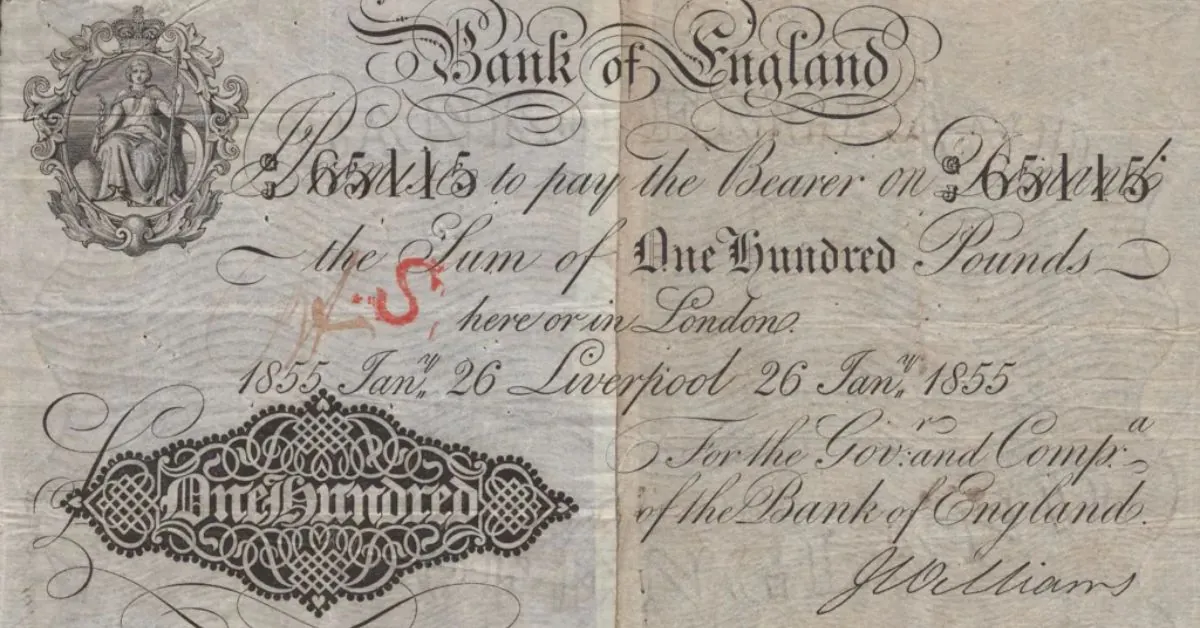
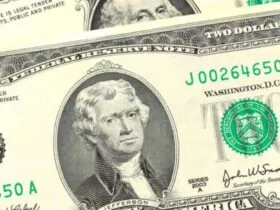
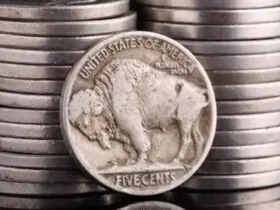
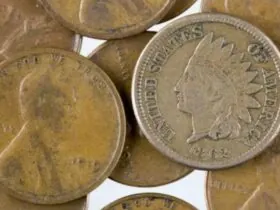

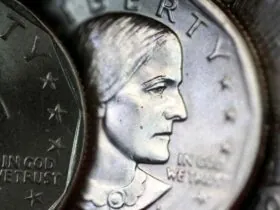
Leave a Reply